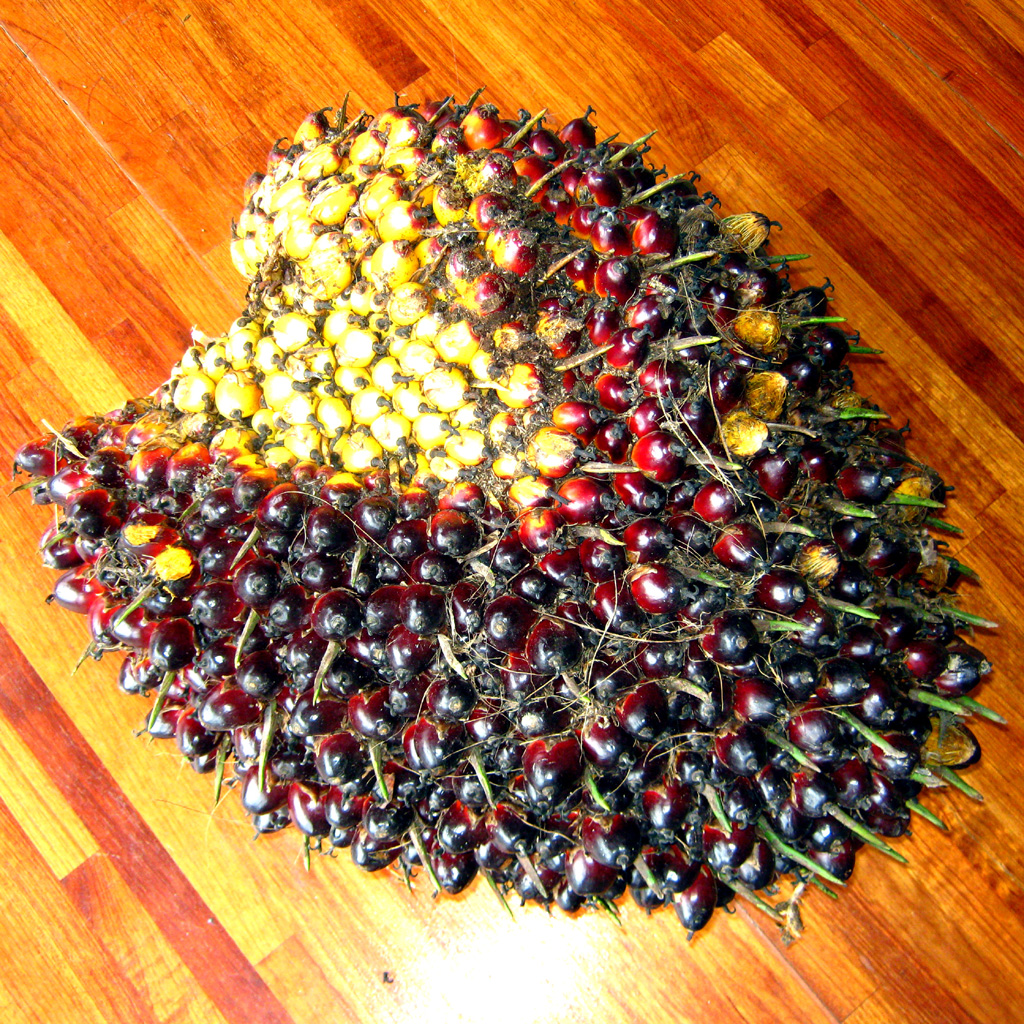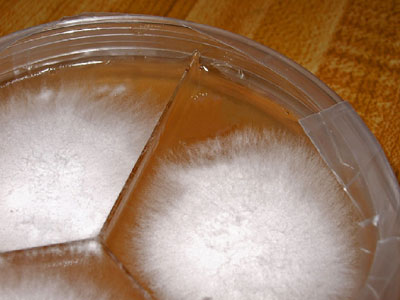EM® is an acronym for Effective Microorganisms®. It is a brand name referring to a line of microbial-based products using a technology developed by Japanese scientist Dr. Teruo Higa. EM•1® is a liquid bacterial product made of three groups of bacteria: Yeast, Photosythetic Bacteria, and Lactic Acid Bacteria.
EM•1® works together with beneficial microbes in the area to which it is added, creating a synergy among microorganisms and larger forms of life including insects and worms, pets and livestock, and people. The application EM•1® has quickly spread to over 160 countries since its introduction in 1982.
Today Effective Microorganisms® products are sold in over 100 countries and produced in over 50 facilities including the manufacturing plant in Batu Caves, Selangor Darul Ehsan which produces EM•1®. EM•1® is all-natural, indigenous and non-genetically modified (Non-GMO). The use of EM Technology® has broadened in the last two decades from agriculture to organic waste management, water treatment, odor control, animal husbandry, human health, and numerous other industrial treatments.
1.1: Types of Microorganisms in EM
When mentioning the word microorganism or bacteria, one may imagine harmful germs. However the microorganisms used in EM•1® production (Lactic Acid Bacteria, Yeast, Phototrophic Bacteria) exclude any pathogenic and genetically modified microorganisms that are harmful to humans, animals and plants. EM•1® consists only of safe microorganisms that have been used, either intentionally or unintentionally, since ancient times.
Lactic Acid Bacteria
Lactic acid bacteria is, taxonomically, a generic term for bacteria that convert large amounts of sugars into lactic acid through lactic acid fermentation. Through the production of lactic acid, lactic acid bacteria also inhibit the growth of pathogenic microorganisms and other various microorganisms by lowering the pH. Lactic acid bacteria are widely known in the production of fermented foods such as cheese and yogurt that can be naturally preserved for a long period of time. Ever since Louis Pasteur discovered lactic acid bacteria in 1857, it has been noted for its beneficial effects on health and longevity.
Yeast
Known as a fermentation starter, yeast is a microorganism necessary for the brewing of alcohol and the making of bread. Yeast was discovered by the Dutch merchant Antony Van Leeuwenhoek (1632 – 1723), who first discovered the world of microorganisms. Taxonomically, yeast is a eukaryotic. It differs from fungus in that it generally is unicellular throughout its life. Within the microbial world it is a small group of microorganisms, yet it is essential for human life. Yeast live in sugar-rich environments such as in nectar and the surface of fruits. In EM•1®, yeast produces many biologically active agents such as amino acids and polysaccharides.
Phototrophic bacteria (also known as photosynthetic bacteria) are an ancient type of bacteria in existence from before the Earth had its present concentration of oxygen. As its name indicates, these bacteria utilize solar energy to metabolize organic and inorganic substances.
Phototrophic bacteria exist in rice fields and lakes, and everywhere on Earth. In practical terms, the potential of phototrophic bacteria is particularly seen in the environmental fields. Because it decomposes organic materials well, among these applications is its use in wastewater treatment. Research has also reported on its effectiveness in applied use in agriculture, aquaculture, and animal husbandry. Research is also underway in its use in hydrogen production and its ability to decompose persistent substances.
Phototrophic bacteria are involved in various metabolic systems, and play a major role in nitrogen cycling and carbon cycling. Because this role allows the other microorganisms in EM•1® to co-exist, phototrophic bacteria are the essential element of EM•1®.
EM Technology™ is based on the idea of coexistence with native and originally-dominant microorganisms, not exclusion of them.
Application of EM•1®
The usage of EM•1® can be divided into 5 fields, which are:
· Agriculture
· Aquaculture
· Animal Husbandry
· Household
· Environment
**PLEASE ENSURE THE CAPS ARE WITH EMRO LOGO!
BEWARE OF IMMITATION!!!













.JPG)







